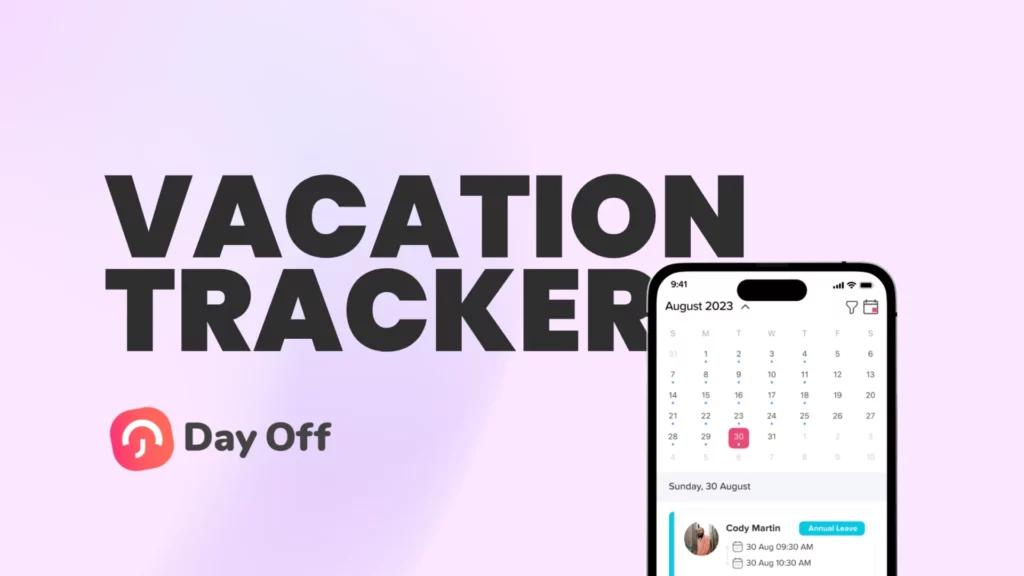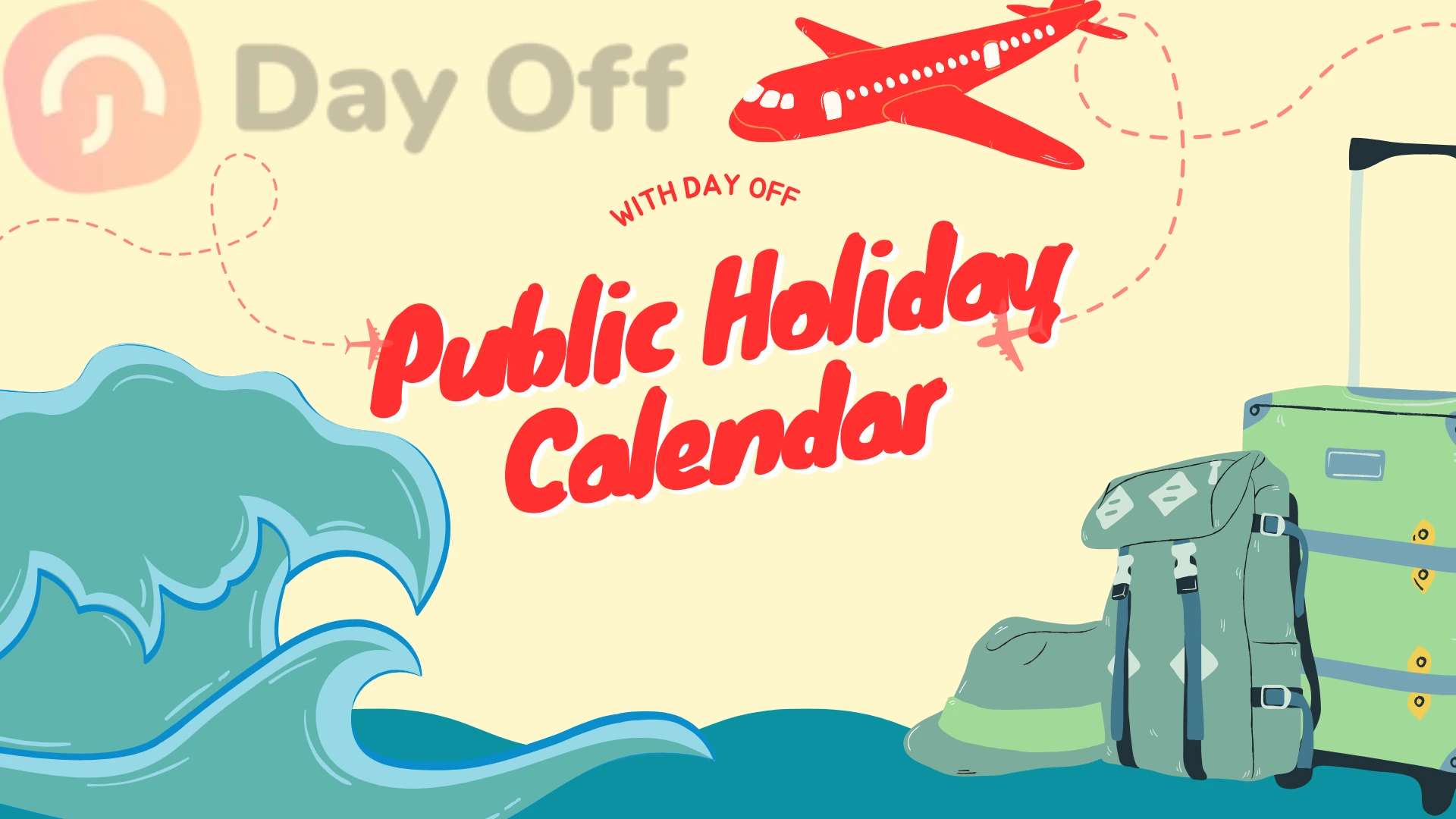Table of Contents
TogglePublic holidays are more than just breaks from work they are opportunities for cultural celebration, rest, travel, and quality family time. For employees, these dates are often highlights of the year. For employers and HR managers, public holidays require careful planning to balance employee requests, avoid staffing shortages, and maintain smooth operations.
With 2026 approaching, it’s time to map out the public holiday calendar to help you stay organized, productive, and well prepared.
Why a Public Holiday Calendar Matters
Tracking public holidays in advance is essential because it influences every aspect of both personal and professional life. Here’s why it matters:
Personal Planning: A public holiday calendar allows individuals to plan vacations, weekend getaways, or family events around long weekends. For example, if you know a holiday falls on a Monday, you can extend it with a day of PTO for a four day trip. Without this foresight, you might miss opportunities for affordable travel or risk scheduling conflicts.
Workplace Management: For businesses, public holidays can disrupt workflows if not planned for properly. A shared holiday calendar ensures teams coordinate absences, deadlines are realistic, and projects don’t stall due to unplanned downtime. Companies that anticipate holidays can redistribute workloads or schedule shifts more effectively.
Payroll Compliance: Many labor laws require employers to pay extra wages for holiday work or provide compensatory leave. A clear calendar helps businesses budget for these additional costs and remain compliant with regulations. Mistakes in this area can lead to employee dissatisfaction or worse, legal issues.
Cultural Awareness: In global or diverse workplaces, not everyone celebrates the same holidays. Recognizing and respecting cultural and religious observances fosters inclusivity, boosts employee morale, and demonstrates sensitivity to diversity in the workplace.
U.S. Federal Public Holidays in 2026
Here’s the full list of U.S. federal holidays in 2026, with explanations on their significance and workplace impact:
New Year’s Day: Thursday, January 1, 2026
Celebrated worldwide, New Year’s Day marks a fresh start. For businesses, this is often a quieter time, but some industries (like hospitality) remain busy. Employees may take extended breaks to recover from the holiday season.Martin Luther King Jr. Day: Monday, January 19, 2026
A day honoring the life and achievements of Dr. Martin Luther King Jr., this holiday is not only symbolic but also used by many organizations to promote volunteerism and community service. Employers may support “day of service” initiatives.Presidents’ Day: Monday, February 16, 2026
Originally honoring George Washington, this holiday now recognizes all U.S. presidents. It’s also associated with retail sales and travel surges. Businesses may need to prepare for increased demand in customer facing sectors.Memorial Day: Monday, May 25, 2026
This holiday honors military personnel who lost their lives in service. It is also seen as the unofficial start of summer. Many families travel, and workplaces experience higher vacation requests around this time.Independence Day: Saturday, July 4, 2026 (observed Friday, July 3)
Celebrating U.S. independence, July 4th is one of the most significant holidays of the year. Since it falls on a Saturday in 2026, most businesses will observe it on Friday, July 3. Expect extended breaks, celebrations, and higher demand in hospitality.Labor Day: Monday, September 7, 2026
Dedicated to workers and their contributions, Labor Day marks the end of summer vacations. Workplaces often see heavy PTO usage, as employees squeeze in last-minute trips before fall.Columbus Day / Indigenous Peoples’ Day: Monday, October 12, 2026
While still a federal holiday, many states now recognize Indigenous Peoples’ Day instead. For businesses, it’s important to be mindful of regional differences in observance.Veterans Day: Wednesday, November 11, 2026
This day honors U.S. military veterans. For businesses, it’s an opportunity to show appreciation through company programs or observances, particularly if employing veterans.Thanksgiving Day: Thursday, November 26, 2026
One of the busiest travel periods of the year, Thanksgiving is a key holiday for family gatherings. Employees often request the Friday after off, so businesses should prepare for extended absences.Christmas Day: Friday, December 25, 2026
Christmas is both a religious and cultural holiday, celebrated widely across the U.S. Workplaces should anticipate longer employee absences leading into the new year, with many companies offering extended breaks.
Smart Tips for Planning Around Public Holidays in 2026
To make the most of public holidays, here are strategies for both employees and businesses:
Plan Vacations Early
Waiting too long to book flights, hotels, or even local trips can lead to sky high prices and limited availability. By checking the 2026 public holiday calendar now, you can identify peak travel windows and book months in advance for the best deals. Early planning also ensures that you secure time off before colleagues request the same dates.Use PTO Strategically
Employees can maximize their time off by combining annual leave with public holidays. For example, in May 2026, taking Friday, May 22 off adds to Memorial Day weekend, creating a four day break. These small adjustments can significantly extend rest time without consuming too much leave.Balance Team Absences
For employers, overlapping time off requests can be challenging. A shared vacation calendar allows managers to approve leave fairly while ensuring enough coverage to keep operations running. For instance, customer service teams need staggered leave to avoid service interruptions.Check Regional Variations
Public holidays vary not just by country but by state or region. For example, while Indigenous Peoples’ Day is observed in some states, others continue with Columbus Day. Global organizations must respect local differences and allow flexibility.Consider Global Teams
In remote or hybrid workplaces, employees may work from different countries and observe different holidays. Recognizing these variations avoids misunderstandings and supports inclusivity. For example, a U.S. manager shouldn’t expect an Indian employee to be available on Diwali.

FAQ
What is considered a public holiday?
A public holiday is an officially recognized day when government offices, schools, and most businesses are closed. These holidays are typically tied to cultural, historical, or religious events. While some are universal (like New Year’s Day), others vary by country or even by state or region.
Do all employees get public holidays off work?
Not always. Whether employees receive public holidays off depends on their employer, industry, and local labor laws. For example, essential industries such as healthcare, retail, and transportation often require employees to work on public holidays, though they may receive extra pay or compensatory time off.
How does public holiday pay work?
Public holiday pay rules vary by country. In the U.S., federal law doesn’t require employers to pay extra for public holiday work, but many companies offer premium rates (time and a half or double pay). Other countries, like Australia or Canada, often mandate higher pay or alternative leave for employees working on these days.
What happens when a public holiday falls on a weekend?
When a holiday falls on a Saturday or Sunday, it is usually observed on the nearest weekday (Friday or Monday). For instance, in 2026, Independence Day (July 4) falls on a Saturday, so many workplaces will observe the holiday on Friday, July 3.
Can employers refuse leave requests around public holidays?
Yes. Employers have the right to decline leave requests if too many employees request the same time off or if business operations would be severely impacted. This is why planning early and communicating with your employer is crucial during peak holiday seasons.
Are public holidays the same worldwide?
No. Public holidays differ widely by country, and many are tied to national history, independence days, or religious events. For example, Easter is a public holiday in many countries but not officially in the U.S. Similarly, India observes Diwali and Holi, while Middle Eastern countries recognize Eid al Fitr and Eid al Adha.
How can employees maximize their time off using public holidays?
The key is strategic planning. Employees can “bridge” holidays with PTO. For example, if a public holiday falls on a Thursday, taking Friday off creates a four day weekend. With proper planning, employees can enjoy extended vacations without using too much annual leave.
How should businesses prepare for public holidays in 2026?
Employers should update their holiday calendars well in advance, clarify payroll rules, and communicate expectations to employees. Using a leave management system can help HR teams approve requests fairly, prevent understaffing, and maintain compliance with labor regulations.
Do remote and global teams follow the same public holiday calendar?
No. Remote and global teams often observe different public holidays depending on where employees are located. Companies with international staff should adopt flexible policies, allowing team members to observe their local holidays even if the rest of the company is working.
What’s the difference between a public holiday and a federal holiday?
In some countries, these terms are interchangeable. However, in the U.S., “federal holiday” refers to holidays recognized by the federal government. While federal employees always observe them, private employers may choose whether or not to provide them as paid days off.
Conclusion
The Public Holiday Calendar 2026 is more than a schedule of days off it’s a blueprint for better planning, compliance, and well being. Employees can use it to maximize travel and family time, while employers can minimize disruptions and build fair, inclusive leave policies.
By preparing early, both individuals and businesses can turn public holidays into opportunities for balance, productivity, and cultural respect.
